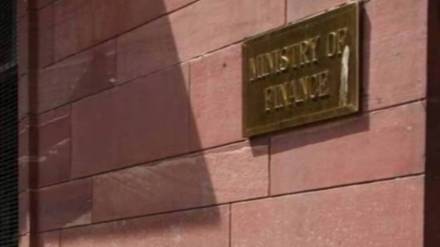The finance ministry is believed to have opposed a proposal for a capex-linked subsidy in the new electronics components manufacturing scheme, people aware of the matter said.
This is because officials at the finance ministry believe that there is a risk in supporting the proposals with upfront capital expenditure and without linking it with specific targets. Firstly, the concern is that beneficiaries might not start or delay the production, after claiming capital subsidy, which in a way could affect the exchequer. Secondly, there are chances that companies inflate their capex requirements and project cost, and that would make it difficult for the government to ascertain the correct cost, sources said.
The development assumes significance as the ministry of electronics and information technology (MeitY) based on the industry’s recommendations was looking at both a capital subsidy for setting up components manufacturing facilities as well as a production-linked incentive (PLI) scheme for certain electronic components.
Now, based on the inputs from the finance ministry, MeitY will rework on the proposal in discussions with the industry and come up with a convincing framework, people in the know said.
The finance ministry believes that capex-linked subsidy should be discouraged. It wants an incentive scheme, which can be mapped to employment generation, an official said on condition of anonymity.
The government is working on a new component-linked incentive scheme to make India both a producing nation as well as a component-producing destination, to increase the domestic value addition. This comes after the Rs 3,285-crore scheme for promotion of manufacturing of electronic components and semiconductors (SPECS) ended on March 31.
The industry has sought a Rs 40,000-45,000 crore electronics components incentive scheme for a duration of at least eight years.
In the SPECS scheme, the government offered a financial incentive of 25% of capital expenditure for manufacturing of these goods. However, the industry wanted the government to have a more refined scheme with an increased scale and higher incentives.
Further, the reason for proposing both PLI and capex-linked subsidies was because of the fact that different components require different incentive support.
The government is also exploring a plug-and-play model that will enable domestic production of printed circuit boards and electronic components such as resistors, diodes, camera modules, lens, and metallics.
“The idea behind incentive schemes, be it for finished products or components, is to reduce cost for the industry, which relocates from China, Taiwan, etc.,” an official said.
The plan is also to gradually replace the smartphone PLI with the components scheme after extending the former by a couple of years, according to officials.
For components, the government is targeting to increase the domestic value addition to around 35-40% initially taking it finally around 50%. Currently, domestic value addition stands at 15-18%.
